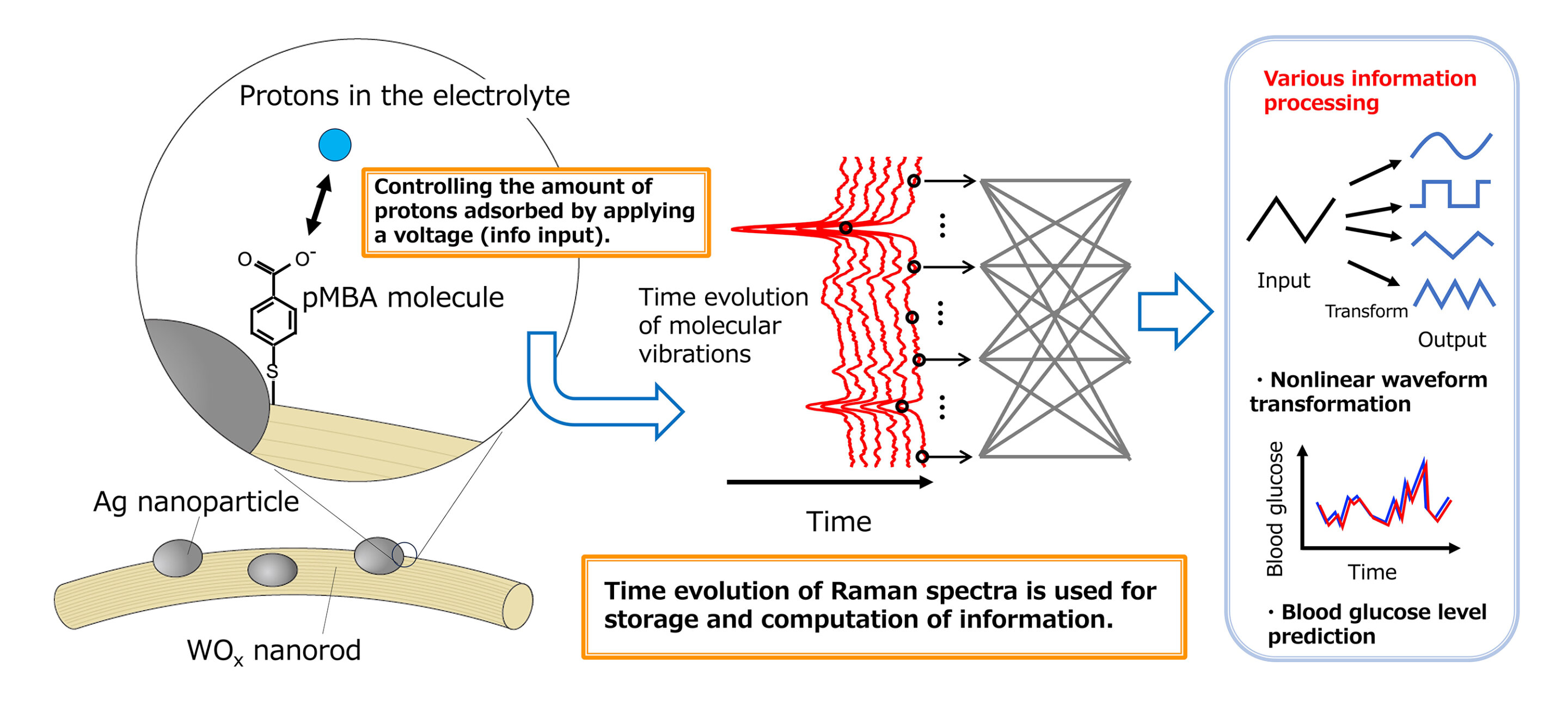A groundbreaking collaboration between NIMS and Tokyo University of Science has led to the creation of an artificial intelligence (AI) device that mimics the information processing capabilities of the human brain using a unique method called few-molecule reservoir computing. This cutting-edge technology harnesses the molecular vibrations of specific organic molecules to achieve its remarkable functionality.
The remarkable achievement has been documented in the prestigious journal Science Advances, highlighting the significance of this innovative development.
In today’s rapidly evolving landscape of machine learning applications across various sectors, the demand for AI devices that are not only powerful in computation but also excel in energy efficiency and compactness is on the rise.
Researchers are now exploring the realm of physical reservoir computing, tapping into the inherent physical properties of materials and devices to facilitate neural information processing. However, a key obstacle in this pursuit has been the bulky nature of existing materials and devices.
This research team has broken new ground by introducing the world’s first physical reservoir computing system that capitalizes on surface-enhanced Raman scattering, utilizing the molecular vibrations of just a handful of organic molecules. The information is fed into the system through ion gating, which controls the adsorption of hydrogen ions onto organic molecules (p-mercaptobenzoic acid, pMBA) by applying voltage.
2024-04-27 23:00:03
Post from phys.org
